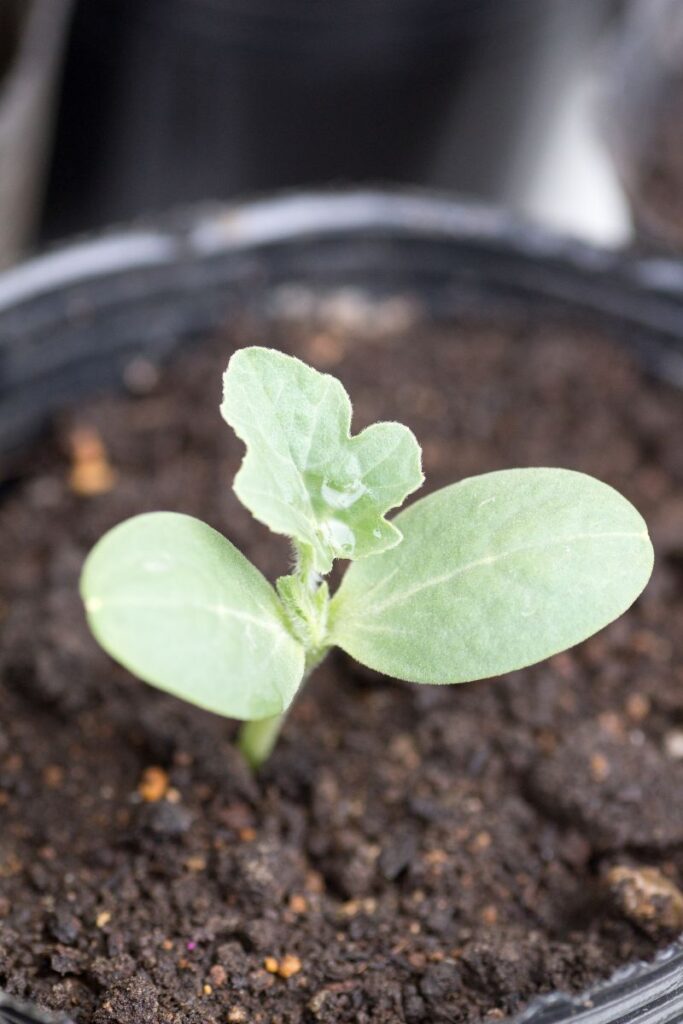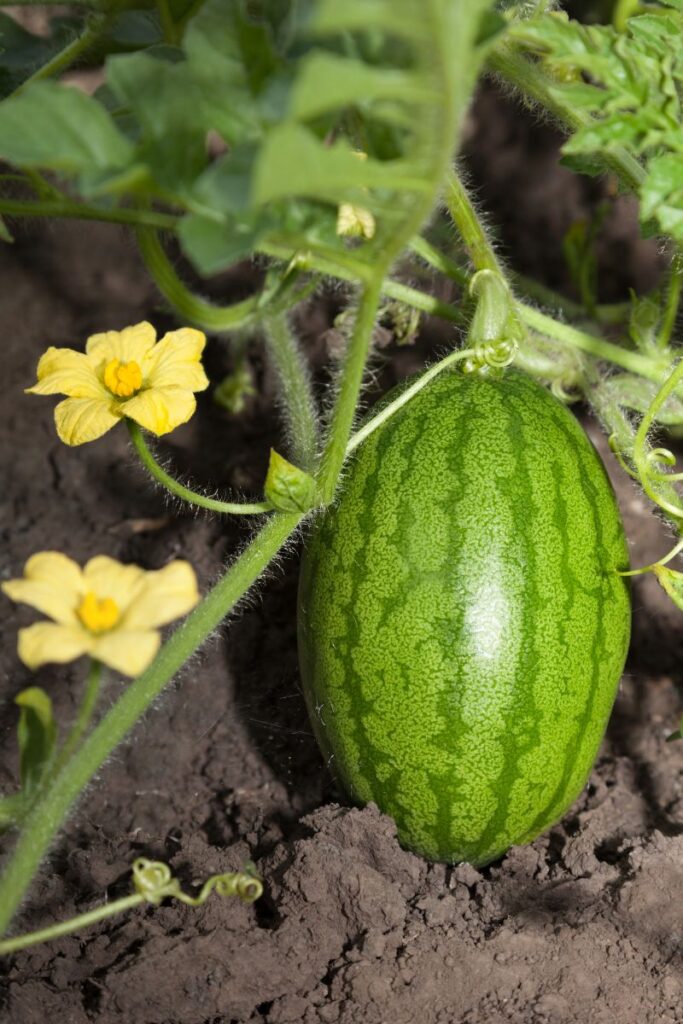Disclaimer: Our editors have used AI to create or enhance parts of this article and some images. All content has been fact-checked by our team to ensure accuracy.
Love watermelons but short on space?
No problem!
You can grow them in containers. Discover 10 easy tactics to get juicy watermelons, even without a big garden.
Ready to sweeten up your space?
Let’s grow!
Pick the Right Container
First things first, you need a big container. Watermelon plants can have deep roots, so aim for a pot that’s at least 18 inches deep.
The bigger, the better! Make sure it has drainage holes at the bottom to avoid waterlogging.
You can use wood, plastic, or fabric pots – just ensure they’re sturdy enough to hold your growing plant.
Choose the Right Watermelon Variety

Not all watermelons are created equal, especially for container gardening. Go for smaller varieties like “Sugar Baby” or “Bush Jubilee.” These types are more compact and don’t need as much space to grow, making them perfect for container setups.
Use High-Quality Soil
Your watermelon needs nutrient-rich soil to thrive. Opt for a high-quality potting mix and consider adding compost for extra nutrients.
Avoid using garden soil as it can be too dense and may not drain well in a container. Good soil means a happy plant!
Plant at the Right Time
Timing is everything. Watermelons love warm weather, so plant them after the last frost when the soil has warmed up.
If you’re starting from seeds, you can even plant indoors a few weeks ahead and then transfer them to the container when it’s warm enough outside.
Give Them Enough Sunlight

Watermelons are sun-worshippers. Place your containers in a spot where they can get at least 6-8 hours of sunlight daily.
If you’re limited on sunny spots, consider using a rolling plant stand so you can move the container throughout the day to chase the sun.
Water Consistently
Watermelons need a lot of water, especially when they’re setting fruit. Keep the soil consistently moist but not soggy.
Water at the base of the plant early in the morning, and make sure the water reaches the roots. Mulching can also help retain moisture in the soil.
Support the Vines

Even compact watermelon varieties grow vines that can be pretty sprawling. Use a trellis or cage to support the vines and keep the fruit off the ground.
This not only saves space but also prevents pests and diseases that can come from soil contact.
Feed Your Plant
Watermelons are heavy feeders. Use a balanced fertilizer every 2-3 weeks during the growing season to keep the plant healthy.
Once flowers start to bloom, switch to a fertilizer higher in potassium and phosphorus to encourage fruit development.
Pollinate the Flowers

If you don’t see much pollinator activity, you might need to lend a hand. Use a small paintbrush to transfer pollen from the male flowers to the female flowers.
This manual pollination can help ensure that your plant sets fruit.
Harvest at the Right Time
Knowing when to pick your watermelon is crucial. Look for signs like a yellow spot where the fruit touches the ground, a dull sound when tapped, and dry tendrils near the fruit.
Harvesting at the right time gives you the sweetest and juiciest fruits. Enjoy the fruits of your labor!